The beginner's guide to Mazda
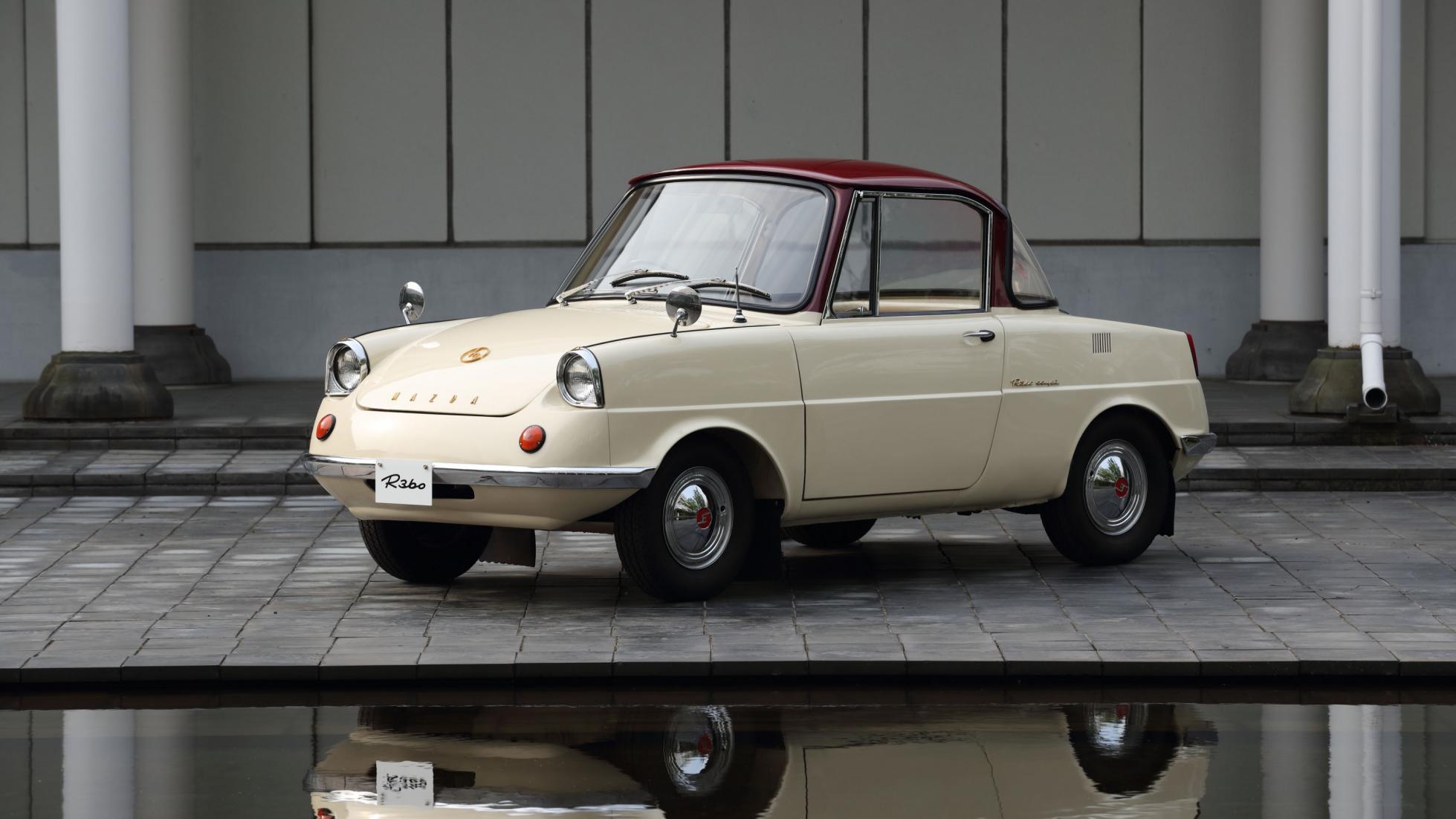
What’s Mazda, and when did it start making cars?
Mazda is a carmaker that hails from Hiroshima, Japan. It started life in 1920 as Toyo Cork Kogyo, manufacturing cork as a substitute sealing material. When demand dwindled it dropped ‘cork’ from its name in 1927 and began building machinery instead.
Its first vehicle was the Mazda-Go, a three-wheeler truck that entered production in 1931. The name originates from Ahura Mazda, the Persian god of wisdom, intelligence and harmony, but is also a nod to Jujiro Matsuda, the company’s founder.
A string of commercial vehicles followed, with production halted during the Second World War. Hiroshima of course was devastated by the detonation of an atomic bomb in 1945: Mazda’s base just a few kilometres away in Mukainada sustained only light damage, and so was used as a hospital and homeless shelter for a period after the blast.
Manufacturing resumed after the war, but it wasn’t until 1960 that Mazda produced its first passenger car: the R360 Coupe was a two-door, four-seater that measured just 2,980mm in length and weighed only 380kg.
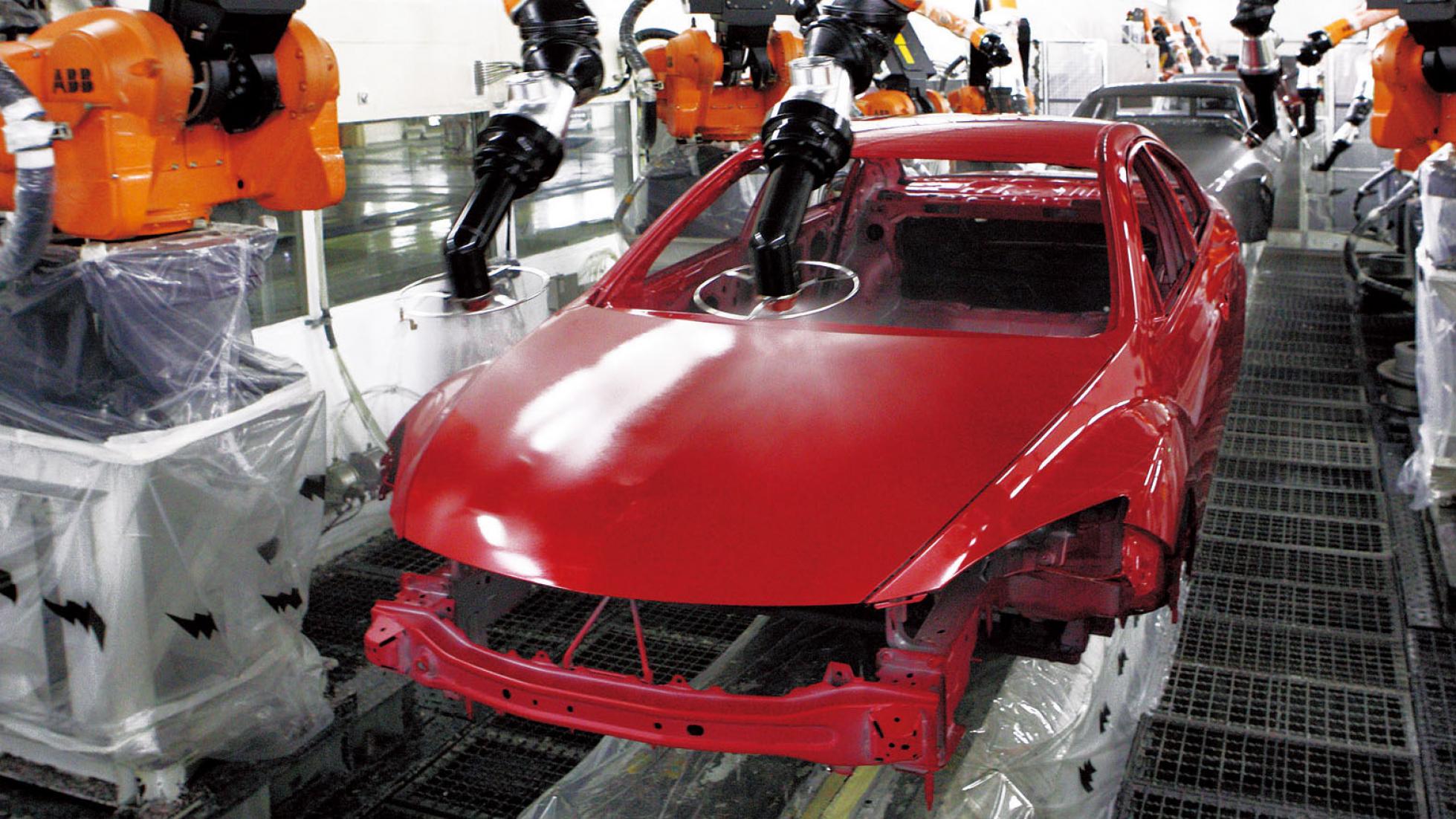
Where are Mazdas built, and how many does it build in a year?
The vast majority of Mazda’s cars are built in Japan, with plants in Hiroshima, Miyoshi and Hofu. Some models destined for the North American market are constructed in Salamanca, Mexico.
Mazda also has facilities in Thailand, Vietnam, Malaysia (the CX-5 and CX-8 are locally-assembled in Kulim, Kedah) China and Russia, while a US base in Alabama is in the pipeline as part of a joint endeavour with Toyota.
Between April 2019 and March 2020, Mazda built a grand total of 1,434,204 vehicles, 41,724 of which were commercial machines. Overall this was 13.7 per cent down on the previous 12 months, although it’s not quite clear how much of this drop can be attributed to Covid-19 related reasons.
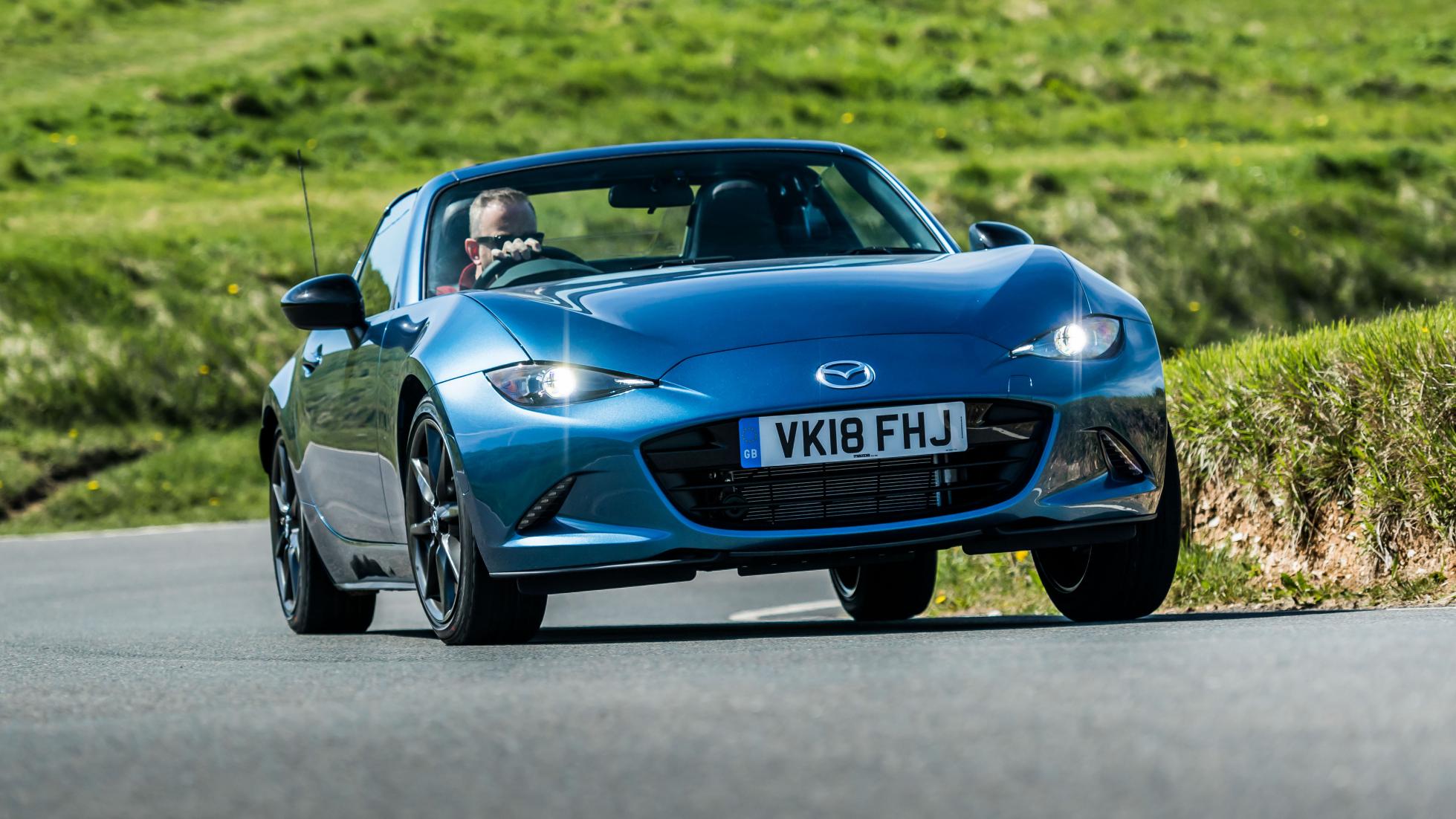
What cars does Mazda build?
If you’re in Malaysia, you have a whole gamut of Mazda models to choose from. There’s the Mazda 2 supermini, the Mazda 3 hatchback (you can also get a sedan version), the Mazda 6 (sedan or estate), the CX-3 subcompact SUV, the CX-30 crossover and the CX-5 mid-size SUV. Bermaz's vast SUV portfolio also includes the three-rowed CX-8 and CX-9.
Then of course there’s the MX-5 convertible, perhaps the company’s greatest contribution to driving pleasure over the last 30-odd years. It has led the way in the affordable sports car sector for what feels like forever, and with few carmakers showing much of an interest in this part of the market, it doesn’t look like changing any time soon.
In a sign of the times, Mazda has recently launched its first proper electric car in the shape of the MX-30 (not available in Malaysia currently). Fitted with a 35.5kWh battery it’s good for 200 kilometres of range; there’s even some cork inside as a nod to the firm’s heritage.
The CX-8 is also sold in Japan, a larger CX-9 (North America, Australia, New Zealand, Russia and parts of Asia), plus a sprinkling of commercial vehicles.
In Japan, there are also a few kei cars (basically city cars) that continue to sport the Mazda badge in some form or another.

What’s the cheapest car Mazda builds? And what’s the most expensive?
That really depends on where you are and how a particular currency is performing against all the other major currencies. In Malaysia, the Mazda 2 is the most affordable route into the ownership club with prices starting from RM101k for both the sedan and hatchback models at the time of writing.
Mazda doesn’t do performance models or supercars, so none of its prices look astronomical on paper. The 2.5 litre turbo CX-9 is the steepest car on its books with prices starting at around RM310k for the 2WD variant and climbing up to RM326k for the AWD variant.
It'll be interesting to see where the electric MX-30 fits in the range once it arrives.
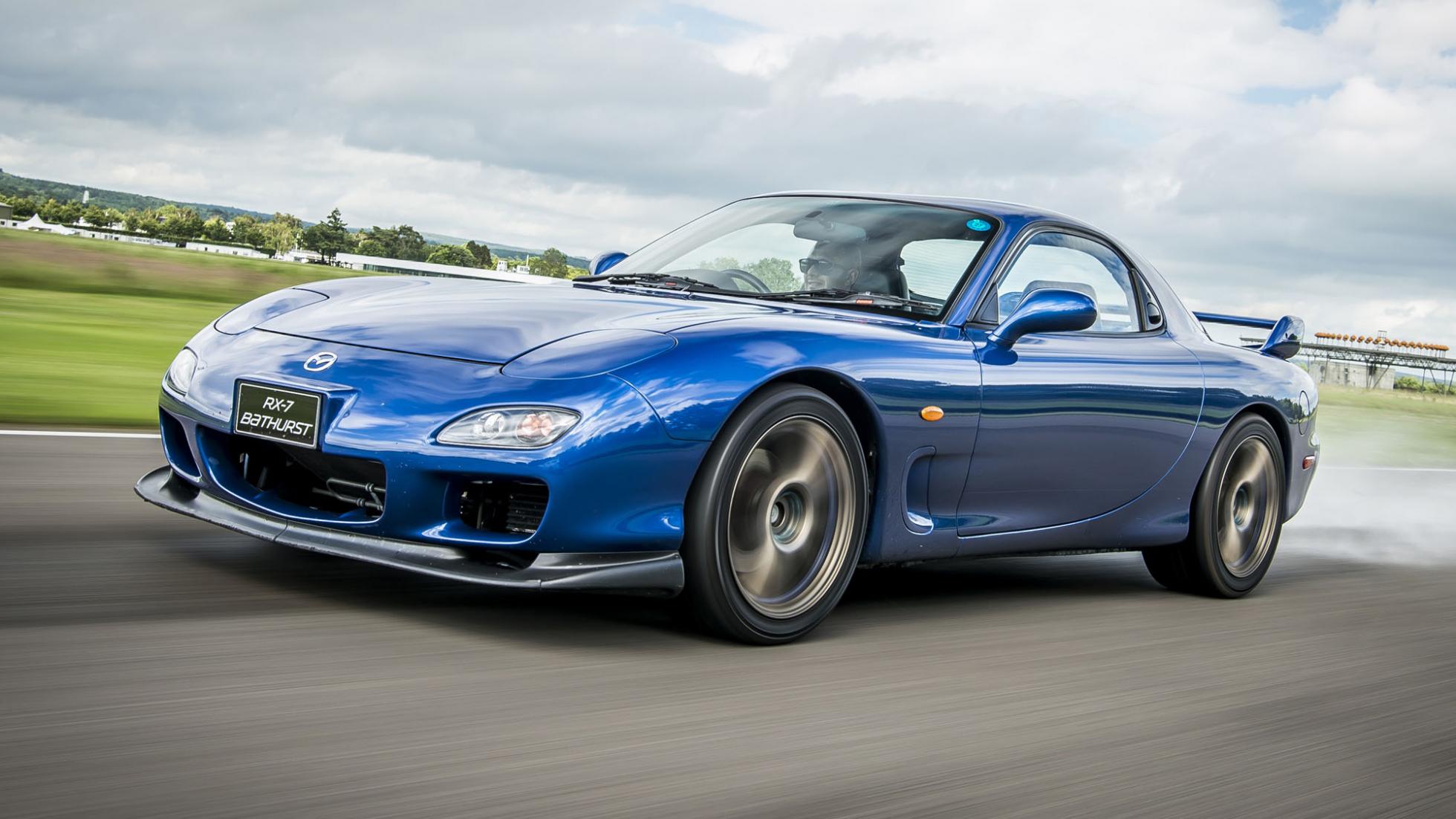
What’s the fastest Mazda ever built?
The Mazda CX-5 Turbo has the highest top speed of any Mazda currently on sale in Malaysia, topping out at 226kph.
However, you need to rewind past the turn of the millennium to find the fastest Mazda ever built. The RX-7 sports coupe enjoyed a production run that began in 1978 and ended in 2002, encompassing three generations in that time. The last of those - earmarked as the RX-7 FD - had up to 252bhp, enough for a sub-five-second century sprint and top speeds north of 250kph.
What’s been Mazda’s best moment?
Mazda is hardly the first name that springs to mind when you talk about motorsport, but the Japanese brand can still count itself among the handful of manufacturers to have won the world’s most prestigious endurance race.
It triumphed at the 24 Hours of Le Mans in 1991 as the 787B Group C prototype - driven by Volker Weidler, Bertrand Gachot and Britain’s own Johnny Herbert - finished two laps clear of the second-placed Jaguar XJR-12 at Circuit de la Sarthe.
Mazda was the first Japanese carmaker to win Le Mans: it stood alone in this regard until 2018, when Toyota finally banked its first victory at the umpteenth time of asking.
What’s been Mazda’s worst moment?
Probably when its Furai concept car caught fire on a Top Gear photoshoot and burnt to a crisp. That was sub-optimal.

What’s Mazda’s most surprising moment?
Okay so it’s not a moment as such, but the most surprising thing to know about Mazda is that it spent a large portion of its history championing a completely different type of engine to almost everyone else.
It started developing the Wankel rotary engine in the 1960s in an attempt to stand out from other Japanese manufacturers. Unlike a conventional engine where pistons move up and down to turn a crankshaft and drive the wheels, a rotary engine uses the gases produced by burning fuel to spin a central component.
Rotary engines were typically smaller, lighter and more potent for their size than engines with pistons, but at the same time they were more vulnerable to wear, less economical and produced higher emissions. They also struggled with power and torque at the lower end of the rev range, which is why pistons reign supreme today.
When the RX-8 was discontinued in 2012 it looked like the rotary engine was gone for good, but a couple of years ago Mazda announced that the rotary engine will make a return in range-extender versions of its upcoming electric powertrains. Woo hoo!
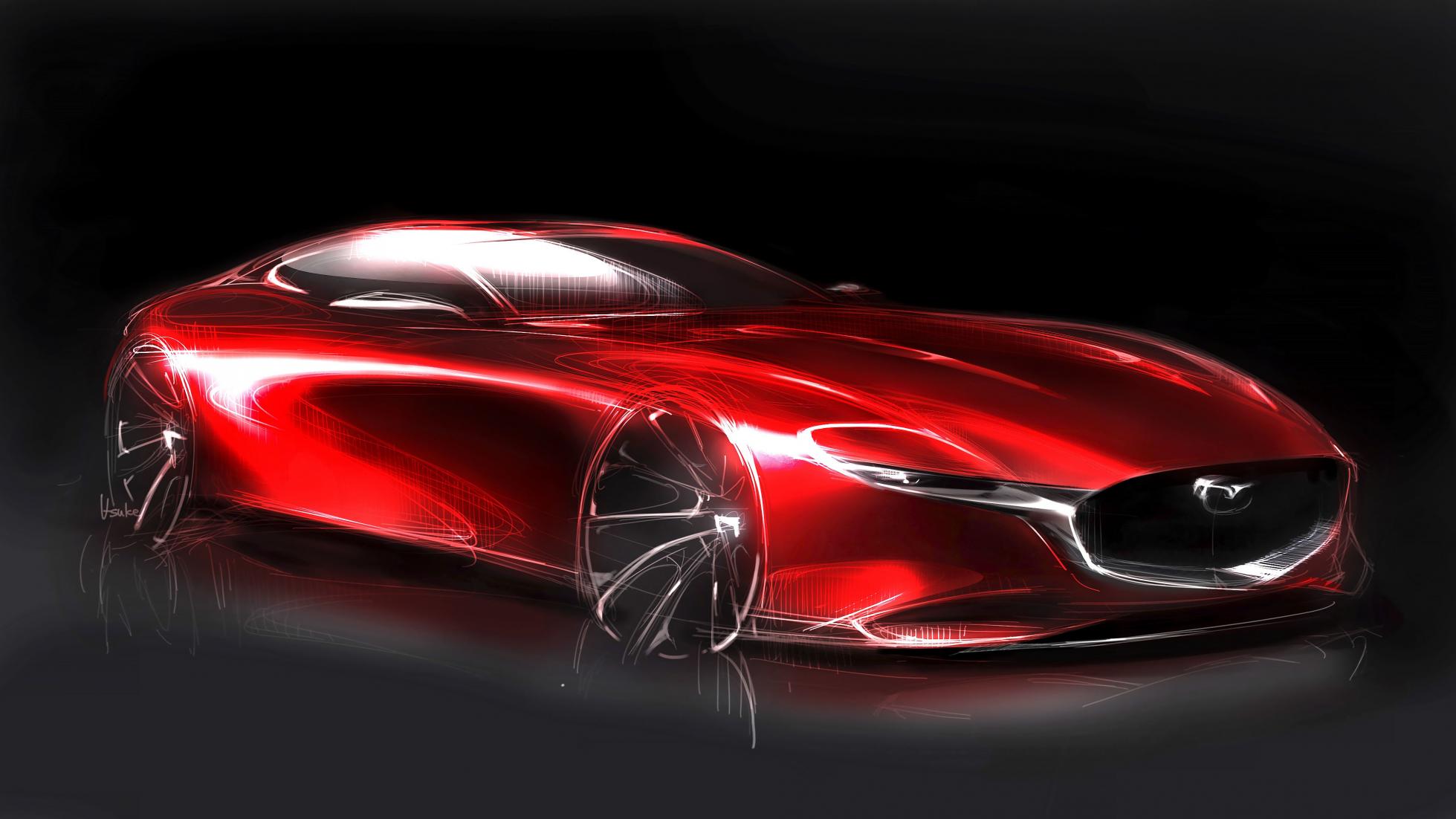
What’s the best concept Mazda built?
Oh boy, there have been too many stunners to highlight just one. A flick back through the archives reveals the RX Vision (2016), the LM55 Vision (2015), the Taiki (2007), the RX-01 (1995), the MX-03 (1985)… the list goes on.
Our non-exhaustive round-up contains more Mazda concept goodness. Pick your favourite.
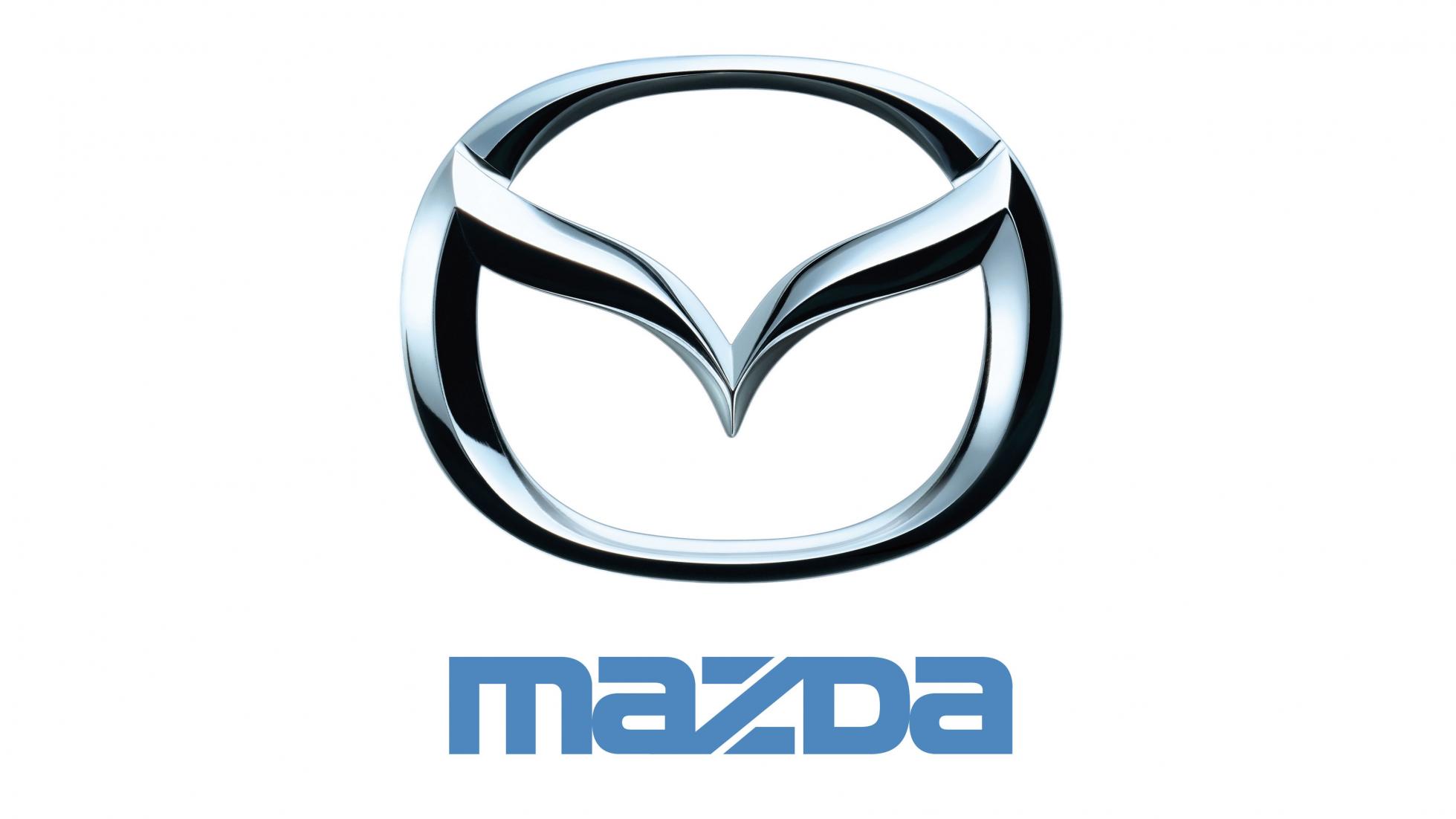
Tell me an interesting fact about Mazda.
Look closely at the lettering in Mazda’s logo. Notice anything strange? All the letters are lowercase except for the ‘D’, which is uppercase. You can’t unsee it now, can you?
The reason for this is that Mazda wanted its emblem to give customers a sense of precision and reliability, and a lower case ‘d’ would’ve broken an otherwise clean line at the top edge of the logo. By using a capital ‘D’, it looks satisfyingly rectangular. And for some reason that’s better for sales.
If this has sent your OCD into overdrive, we can only apologise.

